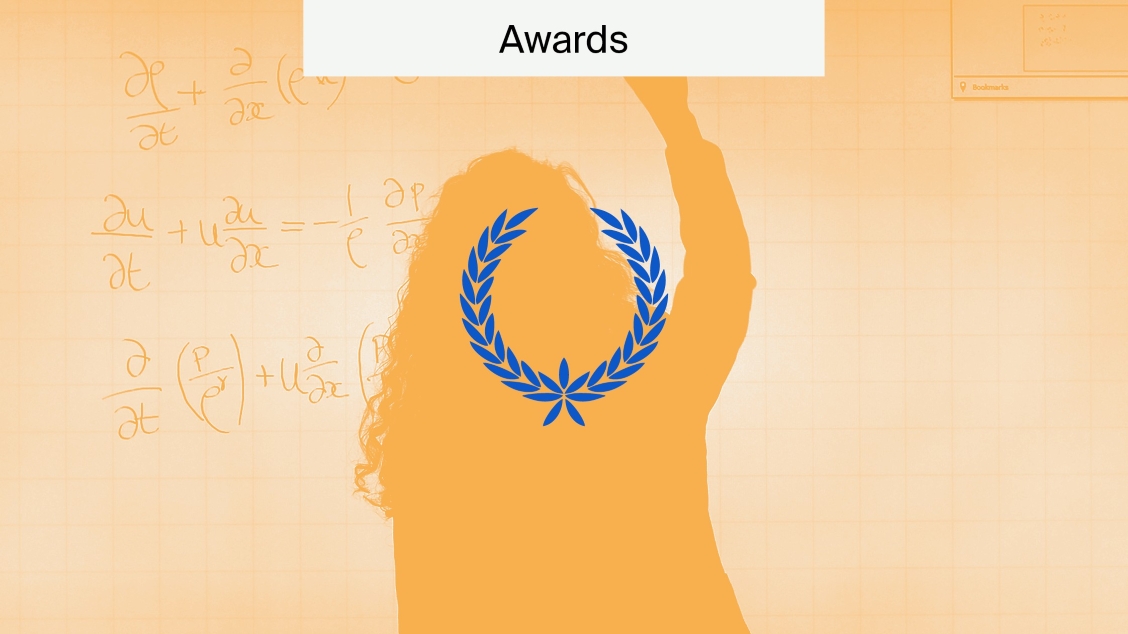
Common Grammar Errors That Lead to Paper Rejection
As an academic, it’s very likely that you’ll receive at least one paper rejection over the course of your publishing career. One of the easiest ways to avoid paper rejections is to make sure you’re not making any common grammar errors.
These errors include inconsistencies in punctuation, such as comma splicing and misplaced apostrophes; subject-verb disagreements; and clunky sentence structuring. Ensuring consistent grammar isn’t easy, especially if English isn’t your first language. Good grammar is something that needs to be worked on.
Why good grammar stands out
Why does it matter if your paper demonstrates good grammar? Some researchers may think that the issue of good grammar is a secondary issue. After all, if your paper contains accurate data, sound theory, and impressive findings, why does it matter if a few words are spelt wrong or two or three commas are in the wrong place?
Well, in a way, this point of view is sort of correct. If your research is solid and original, then it has value and is useful for the academic community to read. Grammar is, in this sense, secondary to the content itself.
However, grammar is a tool for effectively communicating this content. If your grammar is poor, then this will – to varying degrees – impact the clarity, sense, and persuasiveness of your argument.
That’s why you need to familiarize yourself with the most common grammar errors to improve your chances of publication.
Punctuation
Punctuation acts as a signpost for the reader. Commas, colons and semicolons, apostrophes—all these symbols create a unique effect that moves the sense of the sentence along in a certain direction. Let’s look at these types of punctuation and the common grammar errors associated with them.
Commas
Commas separate words or clauses to improve the clarity and flow of sentences. They indicate a pause, dividing the sentence into logical clauses. This allows the meaning of the words to be comprehended without confusion. Some common comma errors are listed with examples below.
Comma splices
Comma splices are a common error in papers. A comma splice is when two independent clauses are joined together without a coordinating conjunction (e.g., “I have not yet finished my research, it is on the hibernation patterns of bears”).
To fix a comma splice, either:
- Add a conjunction: “I have not yet finished my research, but it is on the hibernation patterns of bears”;
- Change the comma to a semicolon: “I have not yet finished my research; it is on the hibernation patterns of bears”;
- Create two separate sentences: “I have not yet finished my research. It is on the hibernation patterns of bears.”
Unnecessary commas
Another common error is adding unnecessary commas, for example between a subject and its verb (e.g., “The last set of data, is Michael’s”).
To fix this error:
- Remove the comma so that the subject and verb are not separated: “The last set of data is Michael’s.”
Omission of commas
Missing commas are another prevalent issue, especially after introductory phrases (e.g., “After observing the participant wrote down their score”).
To fix this error:
- Insert a comma after an introductory phrase: “After observing, the participant wrote down their score.”
Colons and semicolons
Other sources of confusion are colons and semicolons. Colons indicate connected clauses, whereas semicolons indicate separate clauses.
Colons and semicolons can sometimes be interchanged mistakenly (e.g., “Our study had one significant conclusion; dogs demonstrate grief-adjacent behavior”). In this example, the clauses are related and should therefore be joined using a colon.
If you’re wondering whether to use a semicolon or a comma to link two independent clauses, remember the comma splice example from earlier. Use a semicolon when linking two independent clauses with no coordinating conjunction (e.g., “My research was conducted over three months; the data demonstrate improved reliability”) or a comma when using a coordinating conjunction (“My research was conducted over three months, and the data demonstrate improved reliability”).
Apostrophes
An apostrophe can be used to indicate the contraction of a word. For example, the phrase “have not” can be contracted to “haven’t”. However, be mindful of using these contractions. In the example just used, the contraction is correct, but “have not” would be more suitable to use in an academic paper.
An apostrophe can also be used to indicate possession. For singular possession (something belonging to one person or thing), use an apostrophe like this: “The bear’s sleeping area was monitored.” For plural possession (something belonging to more than one person or thing): “The participants’ scores were added up and then averaged.”
Subject-verb agreement
Subject-verb agreement ensures that both the subject and verb used in a sentence agree in number. If the subject is singular, the verb representing the subject’s action takes on a singular form. The same goes for plural subjects.
- Singular: “The study shows oak trees are a weather-resilient species.”
- Plural: “The studies show oak trees are a weather-resilient species.”
In the above example, the verb directly follows the subject, making it easier to match them both. With longer, more complex sentences where the verb does not directly follow the subject, ensure that you’re matching the right words. Read the sentence aloud a few times and try to visualize the action of the verb and what is supposed to be performing the action as you do so. This will usually draw attention to any grammatical inconsistencies with subject-verb agreements.
Clunky sentences
Often, authors of papers will try to pack as much information as possible into a sentence, leading to convoluted, confusing clauses. They may do this for many reasons, such as not understanding how punctuation works, becoming fatigued with the writing process, or not being sure about what they are trying to say in their argument.
Whatever the reason, clunky sentences cause issues for the reader. As a rule, aim for around 15–20 words per sentence. This should help readers follow your argument while keeping your writing concise and effective.
Try to vary your sentence structure too. Use a combination of simple, compound, and complex sentences.
- Simple sentence: “My research is novel. It was conducted over a four-year period.”
- Compound sentence: “My research is novel, and it was conducted over a four-year period.”
- Complex sentence: “Because my research is novel, I have had to cross-examine my results thoroughly.”
Varying your sentence structure will stop your writing from feeling flat and tiresome. Combining this with short, concise sentences gives your writing a sense of confidence and control.
Further help with perfecting your manuscript
Common grammar errors are a big reason for blanket paper rejections. But other areas of manuscript preparation hold authors back too. Check out our articles on preparing a manuscript outline, writing an introduction, and writing a conclusion to your academic paper to help improve your writing.
At MDPI Author Services, we specialize in helping researchers prepare their manuscripts for publication. Our Figure Editing Service provides publication-ready figures that clearly communicate your research to readers. Figure editing enhances your charts and graphs by revising the colors, shading, size, resolution, borders, font, and file type. This is all completed in one business day after payment. Click here for a free quote.
Subscribe to the Author Services Newsletter for tips, discounts, and updates.











